YouTube has become a platform where creators can not only share their content but also earn money through various monetization methods.
One of the most popular ways to monetize a YouTube channel is through YouTube ads.
By leveraging YouTube ads, creators can generate revenue by displaying advertisements to their viewers.
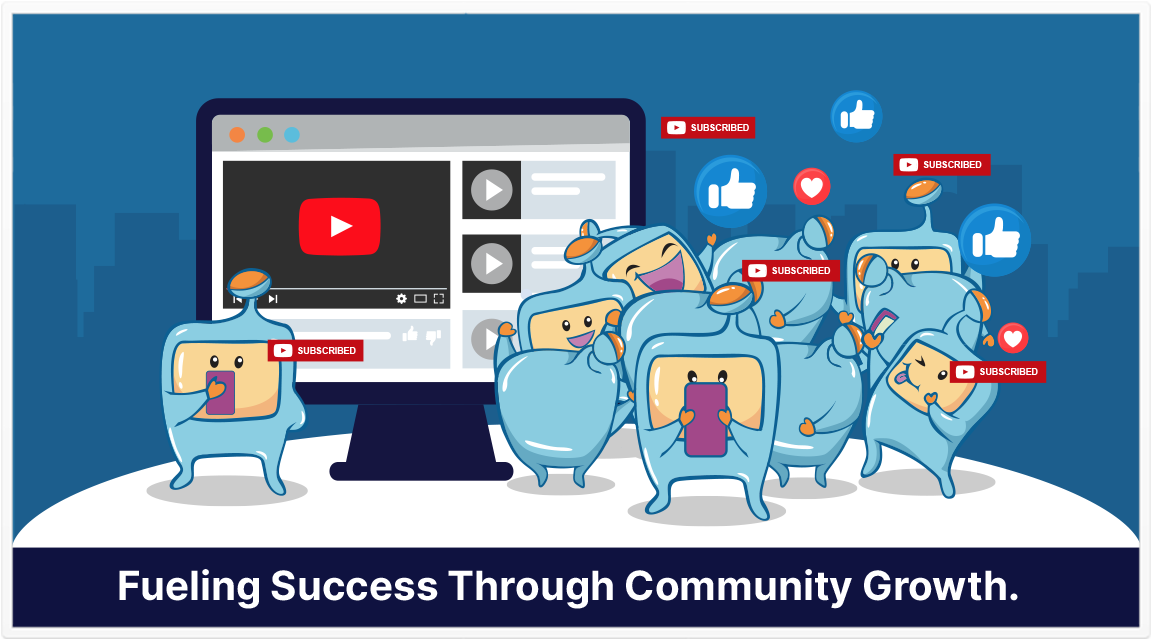
In this article, we will explore how YouTube ads work and discuss best practices for effectively monetizing your channel.
Here is what you will read in this article:
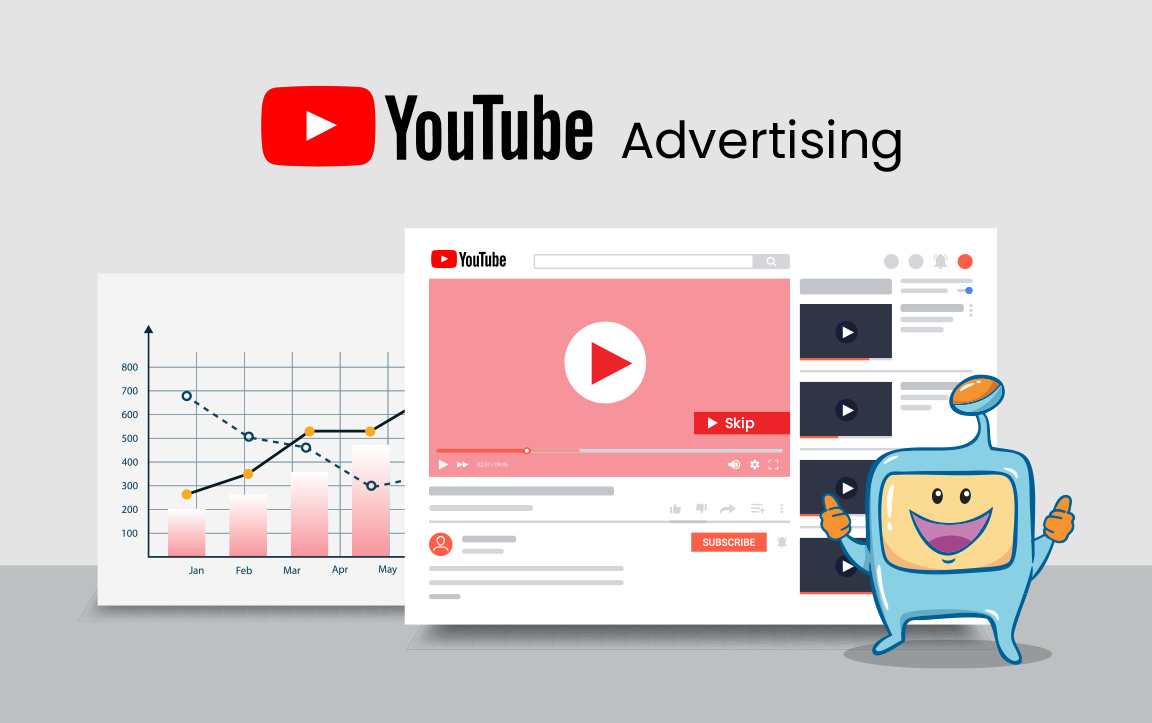
YouTube ads are designed to get advertisements in front of an advertiser's target audience.
Advertisers determine the audience for a video based on various factors such as the video's topic, viewer demographics, and country.
If a video seems like a good fit for an advertiser's audience, they may choose to advertise on that video.
When analyzing videos for advertising, YouTube takes into account factors such as interest-based and demographic-based targeting.
Additionally, advertisers consider whether they want to associate their brand with the content of a particular video.
If the content is violent, shocking, or explicit, it may not attract a lot of interest from advertisers, even if it is otherwise a perfect match.
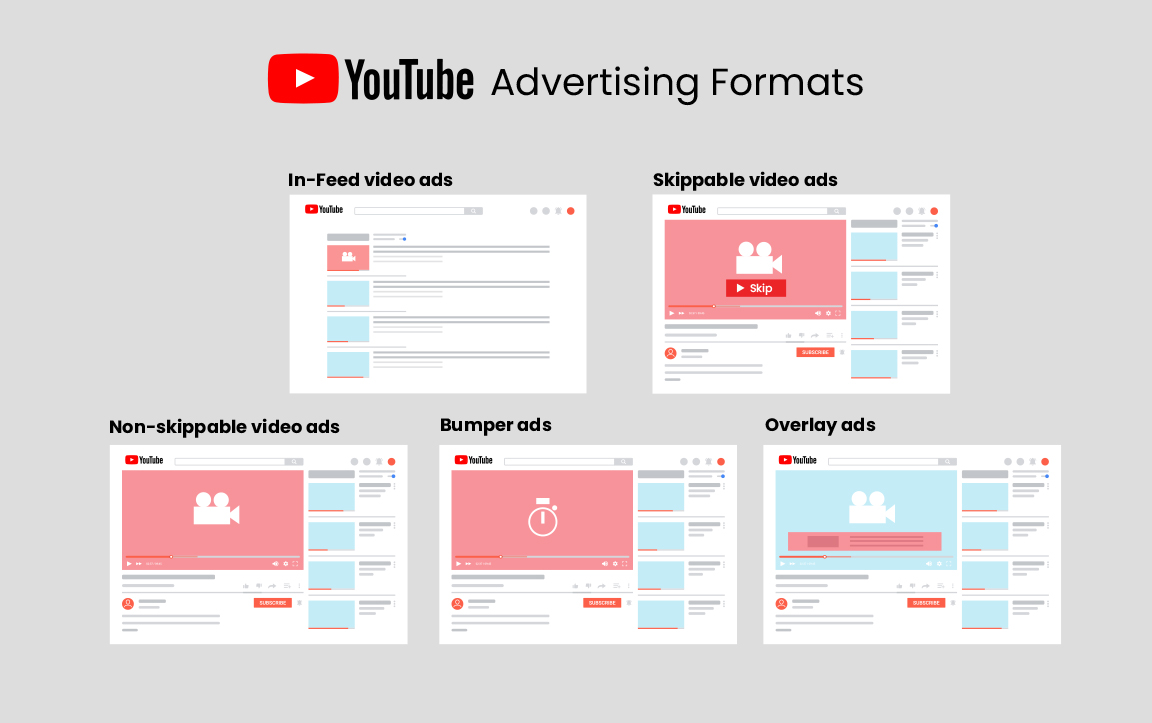
YouTube offers various ad formats to cater to different advertising goals and user experiences.
The six primary ad formats on YouTube are:
Display ads appear beside the video player and can be in the form of banner ads or overlay ads.
They are visible on desktop and mobile devices and can be clicked by viewers to learn more about the advertised content.
Overlay ads are semi-transparent ads that appear on the lower portion of a video.
They usually occupy a small portion of the screen and allow viewers to continue watching the video while the ad is displayed.
Skippable video ads give viewers the option to skip the ad after a few seconds.
Advertisers are only charged if the viewer watches at least 30 seconds of the ad or interacts with it, such as clicking on a call-to-action overlay.
Non-skippable video ads play before, during, or after a video, and viewers are required to watch the entire ad without the option to skip.
These ads can range in length, but typically they are shorter to minimize viewer disruption.
Bumper ads are short, non-skippable video ads of up to 6 seconds in length.
They must be watched before viewers can access the desired video content.
Bumper ads are designed to deliver a concise message effectively within a brief duration.
Sponsored cards display relevant content such as products or services that may be of interest to viewers.
They appear as small, clickable cards within the video, providing additional information or related promotional content.
Viewers can click on the cards to access further details.
These different ad formats offer advertisers flexibility in reaching their target audience and allow creators to monetize their YouTube channels effectively.
By utilizing a combination of these ad formats, creators can optimize their revenue generation while maintaining a positive viewer experience.
To effectively monetize your YouTube channel with ads, consider the following best practices:
If you are new to YouTube and aiming to monetize your channel through ads, it is essential not to enable ads right away.
YouTube recently implemented new requirements for the YouTube Partner Program, which include reaching 4,000 watch hours and having 1,000 subscribers.
While some creators were initially upset about these changes, it can be viewed as a blessing in disguise.
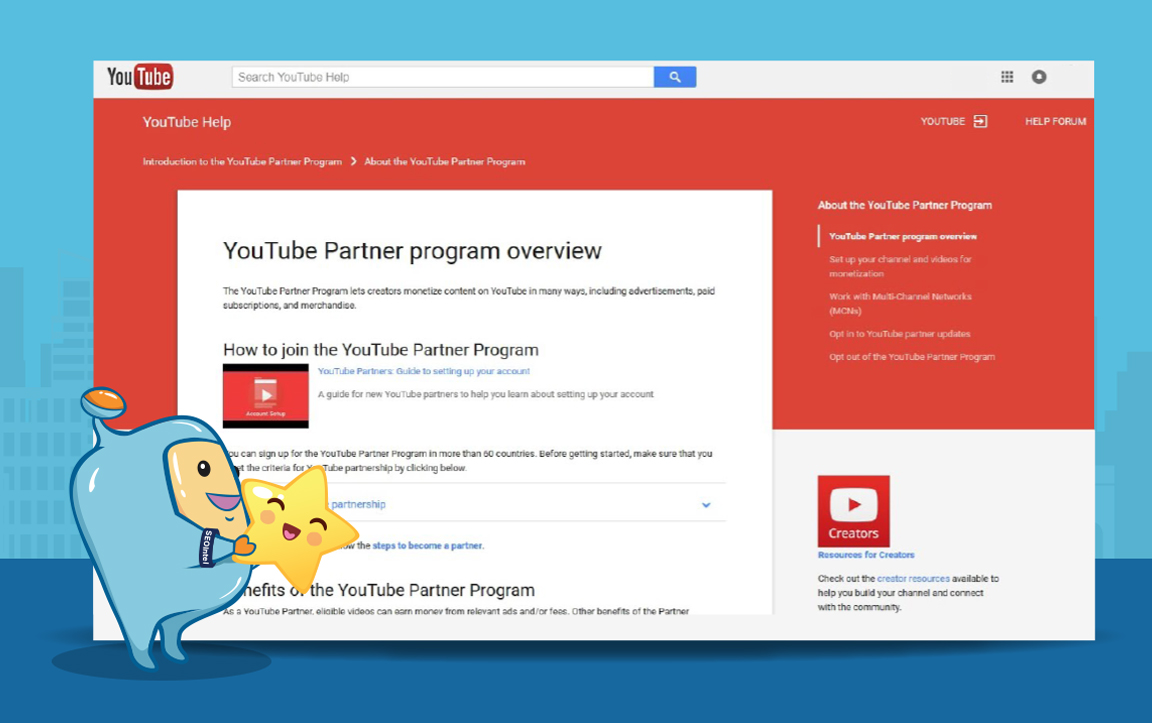
The new requirements for the YouTube Partner Program serve as a filter to ensure that channels are established and have a dedicated viewership before they start monetizing through ads.
It is crucial to focus on building a successful channel by creating high-quality content that resonates with your audience and drives views and subscribers.
Advertisers on YouTube prefer to put their ads in front of a specific group of people.
Therefore, targeting a specific demographic can attract more advertisers to your videos.
Understanding your target audience and tailoring your content to appeal to them can increase the interest from advertisers and maximize your revenue potential.
Optimizing your videos for search engines and viewers is crucial for attracting advertisers.
By optimizing your video titles, descriptions, and tags with relevant keywords, you increase the chances of advertisers finding your videos and placing ads on them.
Conduct keyword research to identify popular search terms related to your content and incorporate them strategically into your video metadata.
This not only improves visibility but also attracts advertisers who are looking for videos relevant to their products or services.
Furthermore, focus on creating high-quality, engaging content that keeps viewers watching and encourages them to interact with your channel.
The longer viewers stay engaged with your videos, the more valuable your ad inventory becomes to advertisers.
This can lead to increased ad revenue and better opportunities for monetization.
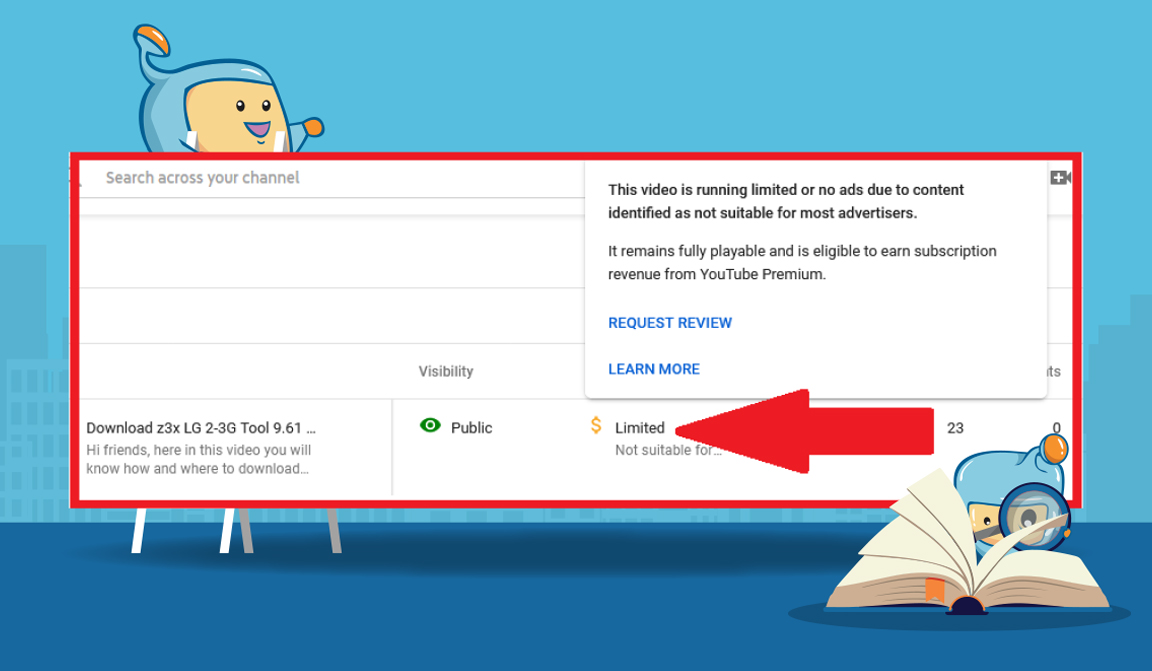
The "Yellow Dollar Sign" symbolizes that your video may not be suitable for all advertisers.
While it doesn't mean your video violates YouTube's policies, it does affect the interest from advertisers.
To minimize the risk of the "Yellow Dollar Sign," avoid certain content elements:
While surprises can be part of your videos, content primarily intended to shock or disturb people is not considered advertiser-friendly.
Using profanity in your videos may limit advertiser interest.
Consider bleeping out curse words or finding alternative ways to express your ideas.
Advertisers take video thumbnails into account when deciding whether to place ads.
Avoid using misleading or explicit thumbnails that may deter advertisers from your videos.
Most advertisers prefer to stay away from videos that take a controversial stance on sensitive issues.
While you have the freedom to express your opinions, be aware that it may impact monetization.
Remember, you can still publish content that includes shocking or controversial elements if it aligns with your creative vision.
However, be aware that such content may limit or eliminate advertiser interest.
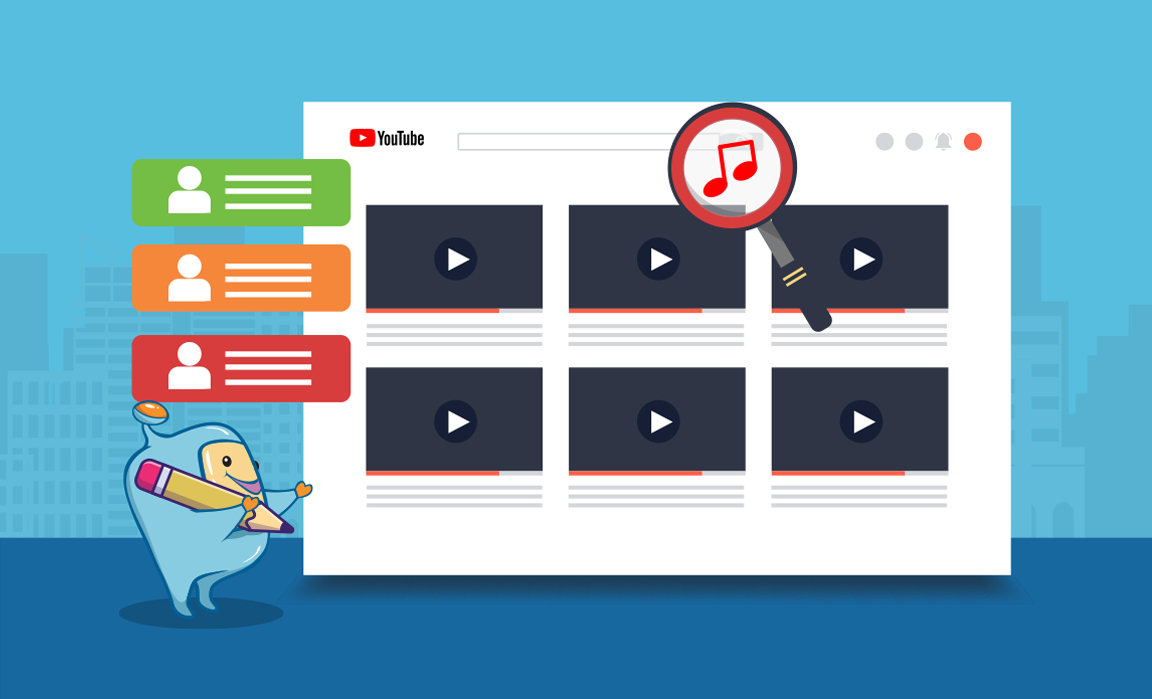
YouTube provides valuable insights into your audience's demographic profile through YouTube Studio.
This data helps you understand if your videos appeal to groups that advertisers in your niche are interested in targeting.
It can also guide your decision-making if you plan to promote products on your channel.
Regularly check the demographics data in YouTube Studio to identify trends and patterns.
Adjust your content strategy accordingly to cater to your target demographic and attract advertisers looking to connect with specific audience segments.
By focusing on best practices such as enabling ads strategically, targeting a specific demographic, optimizing your videos, and avoiding content that limits advertiser interest, you can maximize the monetization potential of YouTube ads.
Regularly analyze your channel's performance, experiment with different strategies, and adapt to the evolving needs of your audience and advertisers.
YouTube ads provide creators with a powerful monetization opportunity.
Understanding how YouTube ads work, utilizing best practices, and consistently delivering valuable content to your target audience can help you monetize your channel effectively.
Remember to strike a balance between revenue generation and maintaining a positive viewer experience.
By following these guidelines, you can enhance your chances of success in monetizing your YouTube channel with ads.